REDCOM Secure Voice Gateway use cases
Over the past 18 months, REDCOM has seen an uptick in requests from Federal Agencies and DoD organizations that need to replace non-compliant legacy encryptors with new CryptoMod Standards. Customers have articulated the same problems about their current Type-1 Secure Conferencing systems: they are not ACC compliant; they suffer from poor voice quality; or they frequently do not work, forcing them to rely on another agency’s conferencing bridge.
Some organizations don’t even have a multi-party classified voice solution in place. Instead, they conduct one-to-one calls on a secure line and then convey the details of that conversation to another party on a separate call. When the speed and accuracy of information are paramount, this is a cumbersome and unsustainable process. REDCOM worked closely with the team at General Dynamics Mission Systems to help customers implement a collaborative Secure Voice Gateway solution that enables Type 1 voice communication between red (secure) and black (non-secure) networks. This solution incorporates the ACC-compliant General Dynamics Sectéra® vIPer™ devices as red/black encryptors. REDCOM technology handles the call control, gateway functions, and conferencing, all managed through an easy-to-use web-based admin platform.
To date, REDCOM has delivered more than 500 secure circuits to customers in the DoD and Federal space.
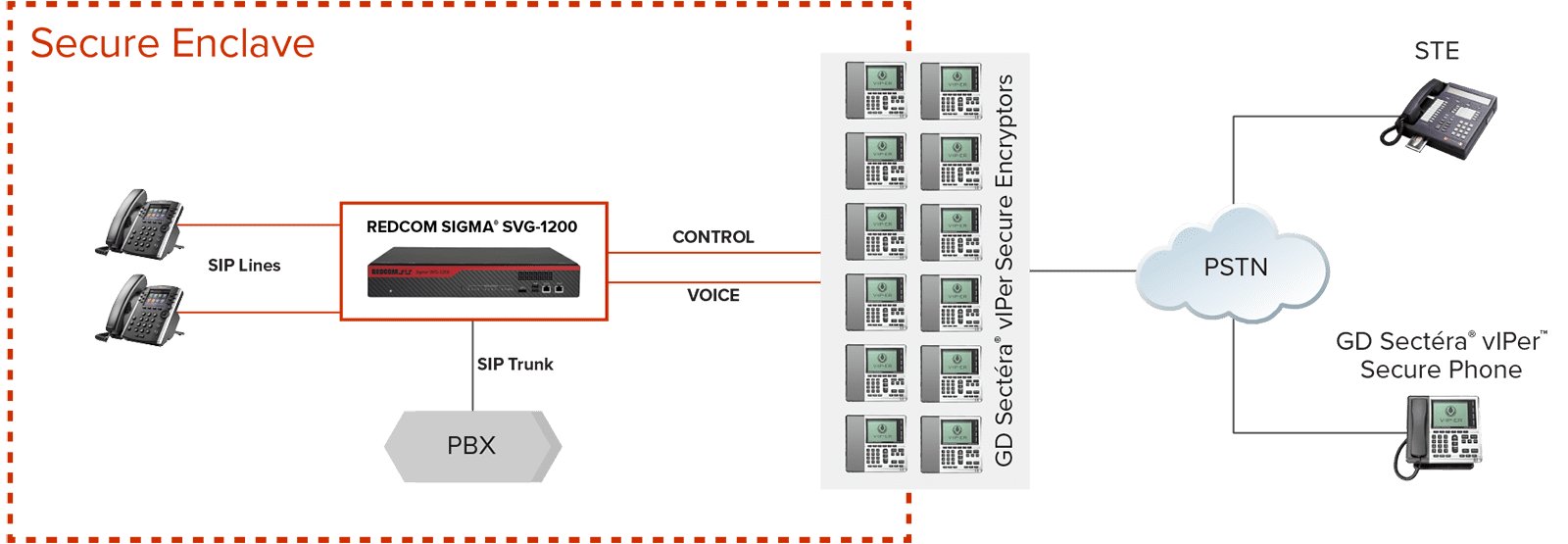
Use case #1: repurposing existing vIPer devices
A Federal agency approached REDCOM, explaining that their current legacy gateway lacks modern conferencing features and was not ACC compliant. This agency wanted to leverage its existing Sectéra vIPer endpoints and migrate to an IP network. REDCOM provided solutions for both their black and red networks using our Secure Voice Conferencing Gateway to support up to 12 secure voice paths using the vIPer devices as encryptors.
Use case #2: a turnkey solution with advanced conferencing features
A commercial military contractor needed to set up Secure Conference bridges for internal and external use. They also required advanced conference capabilities that included operator features, a system that could scale up to 60 ports, and multi-factor authentication support. REDCOM delivered a turnkey secure voice solution that leverages the powerful multi-party communications features in the Sigma Conference Manager. This intuitive app provides operators with full visibility of all conference attendees, with the ability to instantly add, drop, mute, and restore attendees. For enhanced security, this implementation also uses REDCOM’s Automatic Conference Code Generator to automatically rotate codes on a daily basis. This entire solution was delivered with operator training and tier 1 training for the customer’s technical staff.
Use case #3: development of time-saving features
REDCOM listened to customer requirements and the challenges COMSEC Managers face daily. For example, unlocking Sectéra vIPer phones or re-keying them through the National Re-key center can be a painstaking process. REDCOM has relieved the COMSEC Manager from performing this task and developed automated features to unlock or re-key these vIPer devices automatically.
 Español
Español
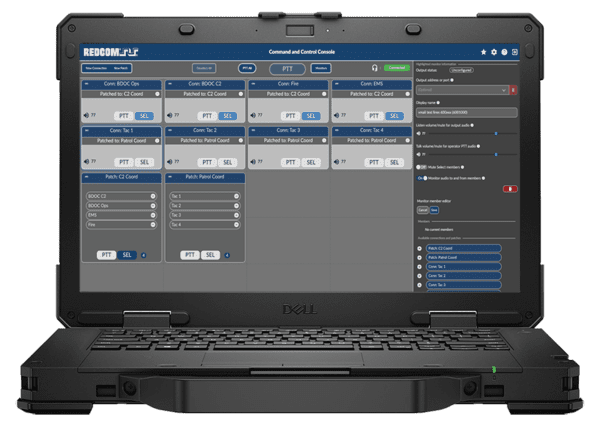 The REDCOM C2 Console provides tactical users with a single pane of glass to monitor and control all IP and RF comms on the C2 network. Users can quickly establish connections and create persistent patches to facilitate immediate comms between parties on disparate endpoints, including SIP devices, radio voice nets, or
The REDCOM C2 Console provides tactical users with a single pane of glass to monitor and control all IP and RF comms on the C2 network. Users can quickly establish connections and create persistent patches to facilitate immediate comms between parties on disparate endpoints, including SIP devices, radio voice nets, or 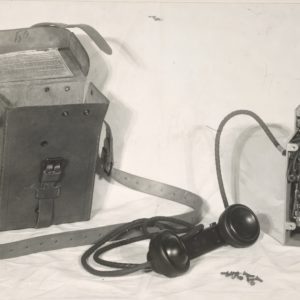
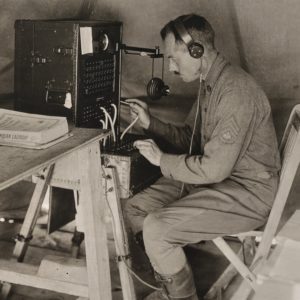
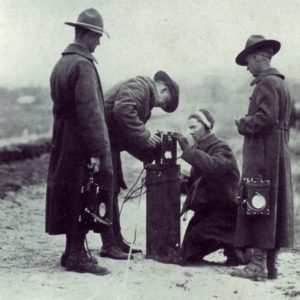
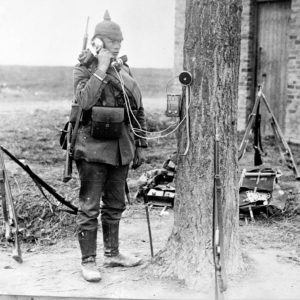


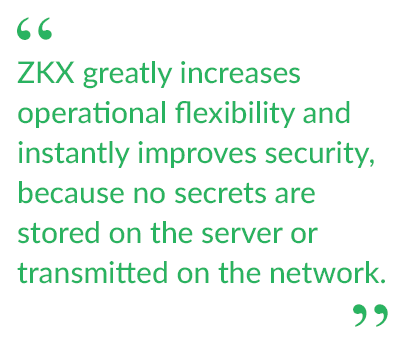 REDCOM Laboratories, Inc. has announced the formation of a new independent business unit,
REDCOM Laboratories, Inc. has announced the formation of a new independent business unit,